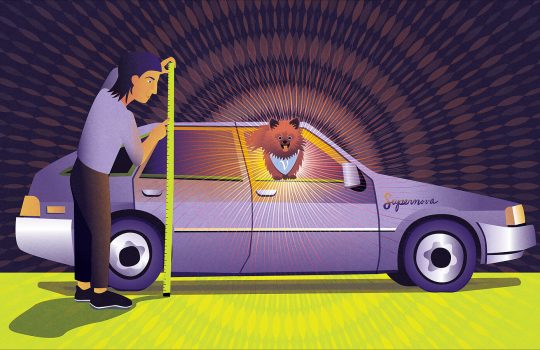A map was created showing the distribution of matter in the Universe. It shows that the theories of physicists need to be changed
From National Geographic (Poland), Feb. 2, 2023: A group of 150 scientists, including researchers from Fermilab and the University of Chicago, has published one of the most precise measurements of the distribution of matter in the Universe. The analysis is groundbreaking because it used data from two very different telescope surveys and it indicated that something is missing in the current standard model of the universe.


